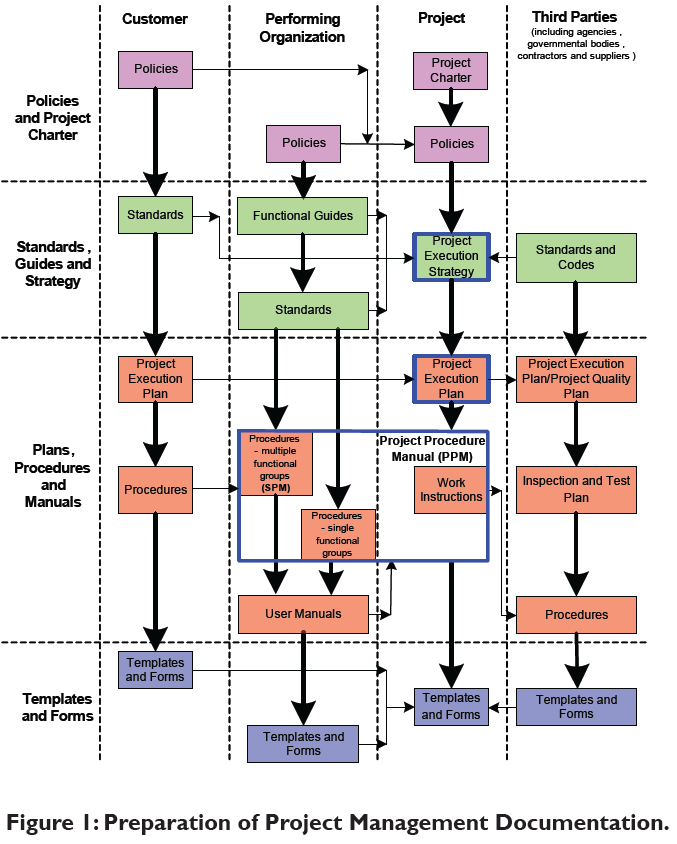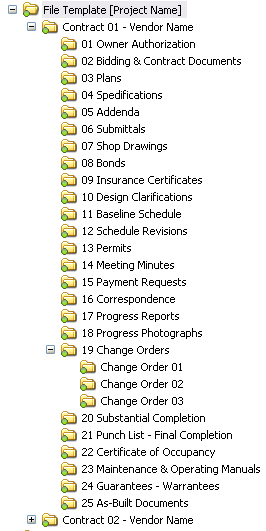From Chaos to Control: Utilizing the Possible of Construction Document Management
From Chaos to Control: Utilizing the Possible of Construction Document Management
Blog Article
Enhancing Process Effectiveness: Architect's Specialist Strategies for Building And Construction Document Administration
In the realm of building design and building and construction, the precise management of records stands as a cornerstone for project success. These approaches not just make sure smooth project progression however additionally hold the essential to unlocking improved performance and accuracy in the complex realm of building and construction document monitoring.
Key File Company Techniques
When handling building papers, among the crucial methods that designers employ is establishing a reliable and organized company system. This system generally involves classifying records based upon their type, such as drawings, requirements, agreements, and permits. By creating clear and distinctive categories, engineers can promptly find particular information when required, saving time and minimizing mistakes in the building process.
Within each classification, architects even more arrange documents by using or creating subfolders numbering systems to signify alterations or versions (construction document management). This ordered framework makes sure that the most present and appropriate information is quickly available while preserving a document of adjustments made throughout the project timeline
Furthermore, designers usually make use of electronic document management platforms that provide functions like keyword search features, version control, and access restrictions to enhance organization and collaboration among project stakeholders. These tools improve the file retrieval process, promote real-time updates, and promote smooth interaction, eventually adding to the general success of the building job.
Collaborative Platform Integration
To optimize document management performance in construction projects, architects seamlessly incorporate joint platforms to improve communication and simplify control amongst job stakeholders. By leveraging collaborative platforms such as project monitoring software program, cloud-based storage systems, and communication devices, engineers can produce a centralized center for all project-related papers and communication networks. These systems permit staff member to accessibility, evaluation, and collaborate on documents in real-time, lowering delays and the threat of errors linked with conventional record administration methods.
Collaborative system assimilation also fosters openness and responsibility within the job team, as all stakeholders have exposure into the most up to date job updates and modifications. By centralizing communication and record sharing, architects can make certain that all staff member are working from the most up-to-date information, decreasing the chances of misunderstandings or conflicts emerging as a result of outdated files.
In addition, joint platforms make it possible for smooth partnership in between architects, specialists, clients, and various other task stakeholders, advertising a more cohesive and effective project process. By breaking down communication barriers and assisting in details exchange, engineers can drive performance and innovation in construction projects, ultimately leading to successful project outcomes.
Version Control Ideal Practices
Executing reliable version control practices is vital for maintaining record precision and consistency in building tasks. By establishing a clear system for managing modifications, task teams can ensure that everyone is working from one of the most updated documentation, minimizing the risk of errors and inconsistencies throughout the building phase.
One of the key best practices for version control is to appoint special identifiers to every file variation. This can be attained by making use of a numbering system or date stamp that plainly shows the order of alterations. By clearly identifying each iteration, employee can quickly track the progression of the paper and determine the most current version.

Automation Tools for Efficiency

File control software application, like Procore or PlanGrid, streamlines job documents, making it conveniently accessible to all stakeholders. These platforms permit real-time collaboration, version control, and automated backups, protecting versus information loss. Additionally, Building Information Modeling (BIM) software automates the generation of construction drawings and guarantees that modifications are synchronized across all related files.
Integrating automation tools home with cloud storage options further boosts availability and protection. By automating the file administration process, task teams can focus their time and initiative on value-adding activities, ultimately enhancing productivity and job results.
Secure Data Management Solutions
Properly managing and guarding project information is paramount in the building and construction industry to make sure confidentiality and stability throughout the task lifecycle. Building companies can utilize encrypted cloud storage space solutions to securely save and share job records with authorized workers.
In addition, utilizing digital advice legal rights management (DRM) devices adds an additional layer of protection by preventing the unauthorized circulation or duplication of project files. Routine information back-ups are important to reduce the danger of information loss as a result of unforeseen situations like hardware failures or cyber-attacks. Collective systems with integrated protection features enable seamless communication and documents sharing among job employee while keeping information honesty.
Conclusion
In conclusion, executing essential paper company methods, incorporating collective systems, practicing version control finest methods, using automation tools, and embracing protected data management services are important techniques for improving workflow efficiency in building paper administration. These skilled techniques can improve processes, improve interaction, make sure accuracy, and maintain data protection throughout the building and construction job lifecycle.
In the realm of building layout and building, the precise management of records stands as a keystone for job success. These strategies not just make sure smooth project development however also hold this the vital to opening boosted efficiency and precision in the detailed world of construction record administration.
To optimize record administration efficiency in building projects, engineers perfectly incorporate collective platforms to enhance communication and streamline sychronisation amongst job stakeholders. These systems enable group participants to gain access to, review, and work together on documents in real-time, minimizing hold-ups and the risk of mistakes linked with conventional record management approaches.
Utilizing automation tools in building and construction file monitoring considerably boosts efficiency and improves processes for job groups. construction document management.
Report this page